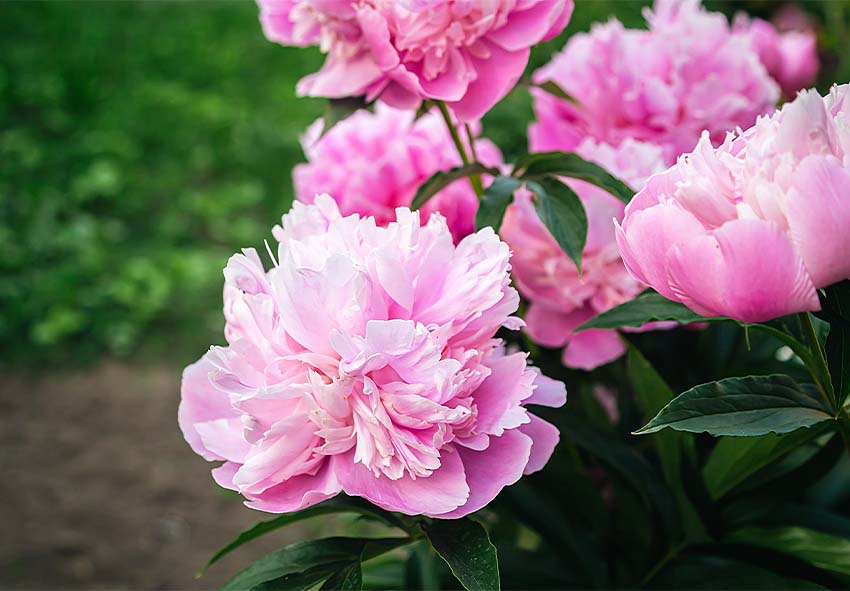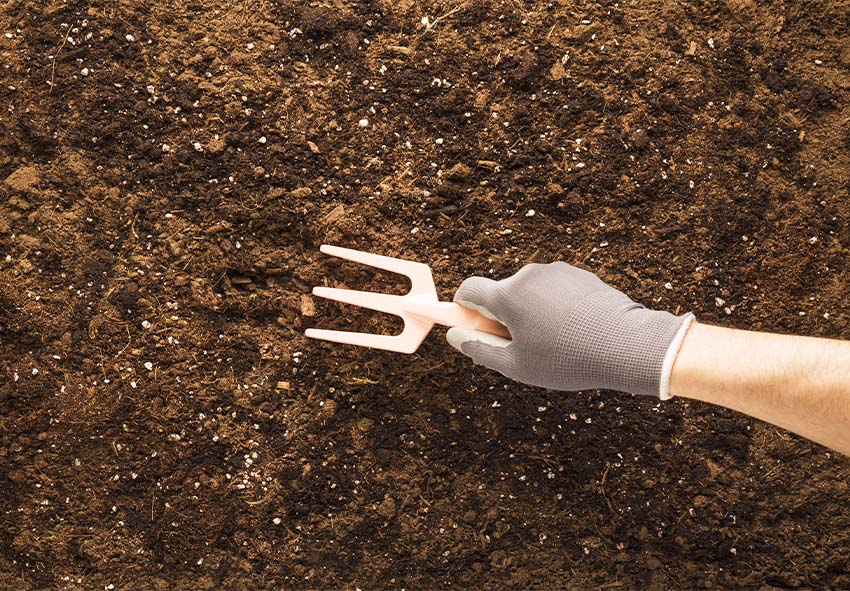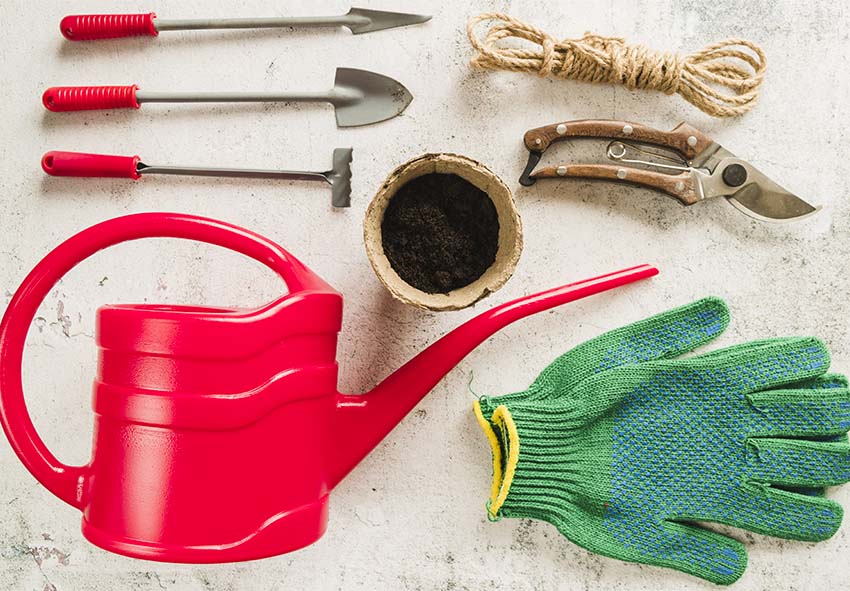Peonies, with their captivating beauty and effortless charm, have long been cherished by garden enthusiasts worldwide. These perennial wonders not only adorn gardens with their stunning blooms but also offer a multitude of benefits that make them a must-have addition to any landscape. In this article, we’ll delve into the allure of planting peonies and provide insights into selecting the perfect varieties for your garden. Our blog is a perfect place to find any information you need.
Why Plant Peonies?
Peonies are renowned for their exquisite blossoms, which come in a diverse range of colors, shapes, and sizes. From delicate pastels to vibrant hues, these flowers add a touch of elegance and sophistication to any outdoor space. Moreover, peonies are relatively low-maintenance plants, making them ideal for both seasoned gardeners and beginners alike. With minimal care requirements, they reward growers with abundant blooms year after year, ensuring a delightful spectacle in the garden. Here are some advantages of planting peonies in your garden:
| Advantages | Description |
| Stunning Blooms | Peonies boast exquisite flowers in a variety of colors and forms, adding beauty and charm to any garden landscape |
| Low Maintenance | With minimal care requirements, peonies are easy to grow and maintain, making them suitable for both novice and experienced gardeners |
| Longevity | Once established, peonies can thrive for decades, providing years of enjoyment with their abundant blooms and lush foliage |
| Versatility | Peonies are versatile plants that can be used in various garden settings, including borders, beds, and containers, offering endless possibilities for landscape design |
| Attracts Pollinators | Peonies attract beneficial pollinators such as bees and butterflies, contributing to a healthy ecosystem and promoting biodiversity in the garden |
Selecting the Right Peony Varieties

When it comes to selecting peony varieties for your garden, it’s essential to consider factors such as climate, soil conditions, and bloom time. By understanding the different types of peonies and their unique characteristics, you can make informed decisions to create a flourishing and picturesque landscape.
Understanding Peony Types
Peonies are broadly categorized into three main types: herbaceous, tree, and intersectional:
- Herbaceous peonies are the most common type and feature soft, herbaceous stems that die back to the ground in winter. They typically bloom in late spring to early summer, offering a diverse array of flower forms and colors.
- Tree peonies, on the other hand, are woody shrubs that retain their structure throughout the year. Known for their large, showy blooms and woody stems, tree peonies add a touch of grandeur to any garden landscape. These varieties bloom earlier in the season, often in late spring.
- Intersectional peonies, also known as Itoh hybrids, are a cross between herbaceous and tree peonies, combining the best traits of both types. They boast the sturdy stems of tree peonies and the abundant blooms of herbaceous varieties, offering a prolonged flowering period and exceptional garden performance.
Choosing the Best Varieties for Your Garden
When selecting peony varieties for your garden, it’s crucial to consider your local climate and soil conditions. While peonies are relatively adaptable, they thrive in well-drained soil with good air circulation. Additionally, consider the desired bloom time to ensure a continuous display of flowers throughout the growing season.
For cooler climates, opt for early-blooming varieties that can withstand frost and chilly temperatures. Varieties such as ‘Sarah Bernhardt’ and ‘Krinkled White’ are renowned for their resilience and early spring blooms, adding a burst of color to the garden when other plants are still dormant.
In warmer regions, choose heat-tolerant varieties that can withstand hot summers without wilting. Varieties like ‘Coral Charm’ and ‘Bartzella’ thrive in warmer climates, offering vibrant blooms and lush foliage even in the midst of summer heat.
For gardens with limited space, compact or dwarf varieties are ideal choices, such as ‘Fernleaf Peony’ or ‘Little Red Gem.’ These petite beauties pack a punch with their charming blooms while taking up minimal space in the garden bed.
Preparing the Planting Site

Before delving into the exciting process of planting peonies, it’s essential to prepare the planting site adequately. Proper preparation ensures optimal growing conditions, leading to healthy plants and abundant blooms.
Sunlight and Soil Requirements
Peonies thrive in full sun to partial shade, receiving at least six hours of sunlight daily. When selecting a planting site, choose a location that offers ample sunlight while providing protection from intense afternoon heat, especially in warmer climates. Additionally, peonies prefer well-drained soil with a slightly acidic to neutral pH level (6.5 to 7.0). Ensure the soil is rich in organic matter and free-draining to prevent waterlogging, which can lead to root rot and other issues.
Site Selection and Preparation
Selecting the right location in the garden is crucial for the success of your peony plants. Look for areas with good air circulation and adequate space for the plants to spread and grow without overcrowding. Avoid planting near large trees or shrubs that may compete for nutrients and water.
Prepare the planting site by clearing any weeds, rocks, or debris and loosening the soil to a depth of at least 12 inches. Incorporate organic matter such as compost or well-rotted manure into the soil to improve its texture and fertility. This not only provides essential nutrients but also enhances soil drainage, creating an ideal environment for peonies to thrive.
Planting Peonies

Now that the planting site is primed and ready, it’s time to embark on the exciting journey of planting peonies. The best time to plant peonies is in the fall, ideally in September or October, when the soil is still warm but temperatures have started to cool. Fall planting allows the roots to establish before winter dormancy, giving the plants a head start for the following growing season. However, if fall planting is not feasible, spring planting is also an option, preferably in early spring before new growth emerges.
Planting Techniques
Follow these simple steps for successful peony planting:
- Dig a hole approximately 2 feet wide and 2 feet deep, ensuring there is enough space for the peony roots to spread out comfortably.
- Amend the soil in the planting hole with compost or aged manure to enrich the soil and improve drainage.
- Place the peony root division in the center of the hole, spreading the roots out gently.
- Position the peony so that the eyes, or growth buds, are facing upwards and are no more than 2 inches below the soil surface.
- Backfill the hole with soil, firming it gently around the roots to remove any air pockets.
- Water the newly planted peony thoroughly to settle the soil and provide moisture to the roots.
- Apply a layer of mulch, such as shredded bark or straw, around the base of the plant to conserve moisture and suppress weeds.
By following these planting techniques and ensuring proper site preparation, you can set the stage for healthy, thriving peony plants that will grace your garden with their exquisite blooms season after season. You can also view our full guide to peonies to find more information about best planting techniques.
Equipment Needed for Planting Peonies

Before diving into the exciting process of planting peonies, it’s essential to gather the necessary equipment to ensure a smooth and successful gardening experience. Ensuring you have the right tools on hand will not only simplify the planting process but also contribute to the overall health and vitality of your peony plants.
Essential Gardening Tools
To begin, you’ll need a few basic gardening tools to facilitate the planting process:
- Shovel: A sturdy shovel is essential for digging the planting hole and loosening the soil.
- Trowel: A hand trowel comes in handy for precise digging and planting, especially when working in tight spaces.
- Garden Gloves: Protect your hands from blisters, thorns, and other hazards with a pair of durable garden gloves.
Having these essential tools on hand will streamline the planting process and make it easier to handle various gardening tasks.
Additional Equipment
In addition to the basic gardening tools, consider acquiring the following equipment to enhance efficiency and convenience:
- Wheelbarrow: A wheelbarrow is invaluable for transporting soil, compost, and other materials to the planting site, reducing strain on your back and arms.
- Hose or Watering Can: Ensure your newly planted peonies receive adequate moisture by having a hose or watering can nearby. Watering is crucial, especially during the initial establishment period, to promote healthy root growth and plant vigor.
By having these additional tools and equipment at your disposal, you’ll be well-equipped to tackle any challenges that may arise during the planting process and provide optimal care for your peony plants.
Conclusion
As you embark on your peony planting journey, we encourage you to apply the knowledge gained and embrace the beauty and joy that these exquisite flowers bring to your garden. With proper care and attention, your peony plants will reward you with a spectacular display of blooms season after season, creating a captivating oasis of color and fragrance in your outdoor space. Happy gardening!
Frequently Asked Questions (FAQs) about Planting Peonies
1. How deep should peonies be planted?
Peonies should be planted with their eyes, or growth buds, no more than 2 inches below the soil surface. Planting too deep can inhibit flowering, so it’s essential to ensure the eyes are at the correct depth.
2. Can I order peonies from your online store?
Yes, you can! Our online store Dutch-bulbs.com offers a wide selection of peonies plants, including different varieties and colors. We take pride in providing top-quality plants that are carefully cultivated and shipped with care to ensure they reach you in perfect condition. Visit our online store to explore our collection and place your order for a delightful addition to your home or garden.
3. Do peonies require a lot of sunlight?
Peonies thrive in full sun to partial shade, requiring at least six hours of sunlight daily for optimal growth and blooming. However, they can tolerate some shade, especially in hotter climates where protection from intense afternoon sun may be beneficial.
4. How often should peonies be watered?
Peonies prefer evenly moist, well-drained soil, especially during the growing season. While they are relatively drought-tolerant once established, newly planted peonies require regular watering to ensure proper root establishment. Water deeply but infrequently, allowing the soil to dry out slightly between waterings.
5. How can I support peonies as they grow?
Peonies may benefit from support as they grow to prevent their heavy blooms from bending or drooping. Use stakes or peony rings to support the stems, being careful not to damage the roots during installation. Install support structures early in the growing season to provide ample support as the plants develop.
Published: 09.05.2024
